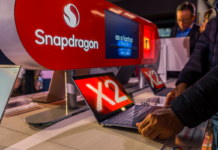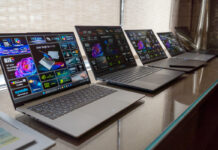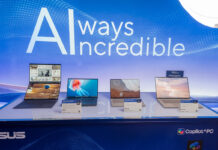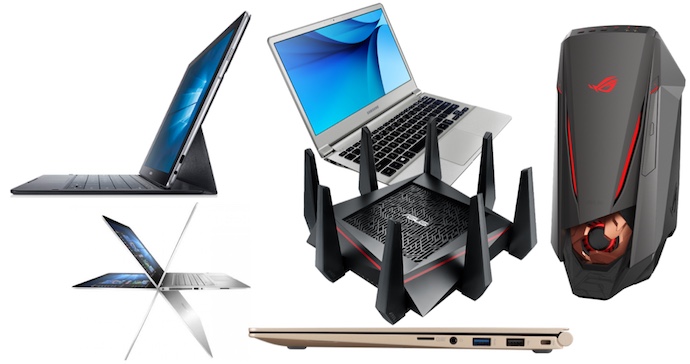
ASUS
CES 2016 was a good showing from ASUS, which collected five CES 2016 Innovation awards, including one for the ROG G752 gaming laptop and another for the ROG GT51 gaming desktop.
Republic of Gaming systems are popular with Best Buy customers, so it shouldn’t be a surprise that these high performance systems were so popular with CES attendees and judges. Besides these award winners, ASUS brought a collection of new ROG gear guaranteed to get PC gamers drooling, including a new external graphics docking station, a new mechanical gaming keyboard, a series of gaming-optimized monitors and new gaming motherboards for the DIY gaming rig builders.
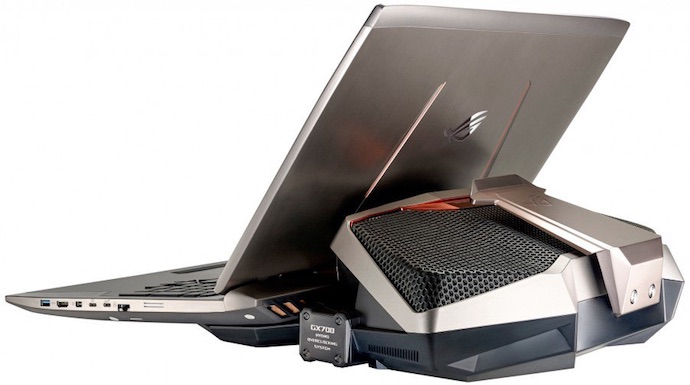
Speaking of performance, another CES award-winning product from ASUS is the RT-AC5300 wireless router. If your home Wi-Fi is choked with the demands of gaming, 4K video streaming and a collection of smart devices, this router delivers an incredible 5334 Mbps throughput, plus a free subscription to WTFast for optimized online gaming.
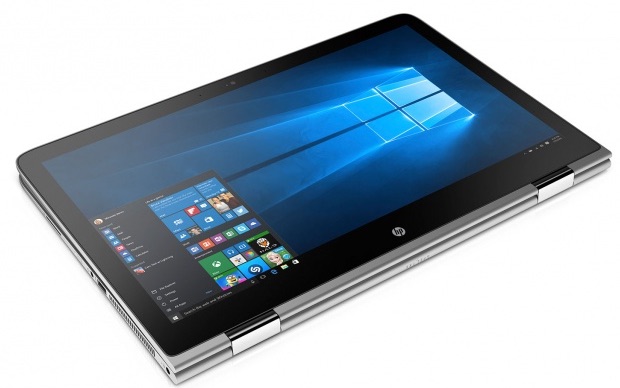 Hewlett-Packard
Hewlett-Packard
Naturally, HP was at CES 2016 and it should be no surprise that one of its star showings was the follow-up to last year’s popular Spectre x360 convertible laptop. How do you improve on what many people thought was one of the best convertible Windows laptops of 2015? Besides the obvious upgrade to new 6th generation Intel processors, HP chose to make the display the focus of attention.
The 13.3-inch Spectre x360 will be offered with a Quad HD, OLED display. That’s right, OLED in a laptop which makes for an eye-popping, brilliant device. On the new 15.6-inch version of the Spectre x360, buyers will be able to choose between a Full HD display with up to 13 hours of battery life, or a 4K display (which cuts battery life to 9.5 hours). All Spectre x360 laptops are made from CNC machined aluminum and offer SSD storage along with full-sized, backlit keyboards.
LG
If you like the look of Apple’s MacBook but prefer Windows 10 to OS X, you need a little more screen real estate and you’re not exactly thrilled with the idea of making do with a single USB-C port, then LG has an attractive solution—and it’s even available in a gold finish!
The LG gram15 took home a CES 2016 Innovation award for its ultra-thin design. Only 17 mm thick, the gram15 packs a Full HD 15.6-inch IPS display in a Magnesium alloy body that tips the scales at just 980 grams. Like the MacBook, it has one of the new USB-C ports. Unlike the MacBook, it expands on that offering with HDMI, microSD, USB 2.0 and a pair of USB 3.0 ports, so accessories won’t be an issue with this ultra-thin laptop.
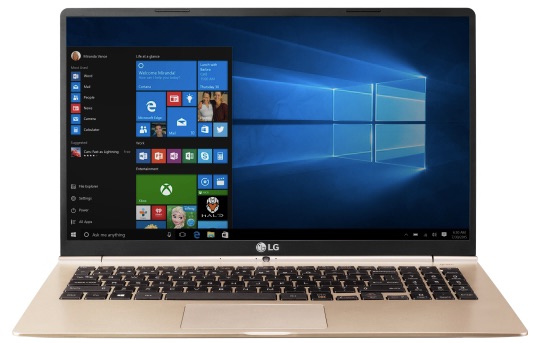
LG also won a CES award this year for the 34UC98 PC monitor. This is a 34-inch ultra-widescreen, Quad HD curved IPS display monitor with dual Thunderbolt 2.0 ports, USB 3.0 Quick Charge and Split Screen capability with PiP mode. It has a game mode with 5ms response rates, but with those Thunderbolt ports (which are capable of moving huge amounts of data quickly) and over 99% sRBG coverage, the 34UC98 is perfect for professionals like graphic designers or photographers.
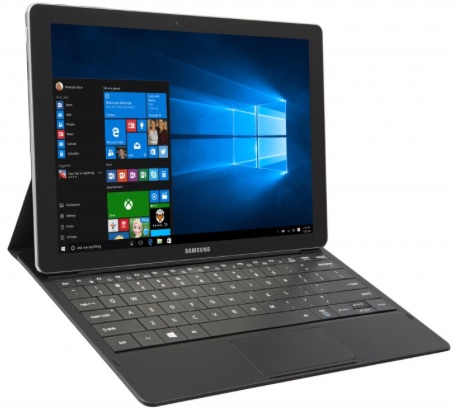 Samsung
Samsung
Samsung made a point of reminding the world that it’s about more than the Galaxy smartphones.
The new magnesium-framed Notebook 9 series laptops set the standard for lightweight and thin. The 13.3-inch is 13.4mm thick and weighs just 840g while the 15.6-inch model is only 14.5mm thick and weighs only 1.29kg. Both have Full HD displays, up to Core i7 Skylake-U series CPUs, a full range of ports (unlike Apple’s single-port MacBook), all day battery life and come in a choice of Iron Silver or Modern Pink.
The company also introduced its answer to the Surface Pro 4 and iPad Pro. The new Galaxy TabPro S offers a 6.3 mm thick, 693 gram, 12-inch tablet with a 2K Super AMOLED display and combines it with a magnetic keyboard cover. With a 6th generation Intel Core M CPU, 4GB of RAM, 10.5 hour battery life and Windows 10, the Galaxy TabPro S should make things interesting in the convertible laptop market.
Dell
One of the breakout stars of last year’s Consumer Electronics Show was the Dell XPS 13 with its “infinity” display. At CES 2016 Dell was showing off a 15-inch version of the laptop that’s optimized for serious PC users including a standard 32GB of RAM, Intel Core i7 CPU, Nvidia graphics card and 1TB of storage. Fans of the XPS 13 will be treated to a gold finish option.
Dell makes many PC monitors, and applied that tiny bezel “Infinity” design to a series it was showing off at CES. But the Dell product getting the most buzz at the show was probably the Dell 23 Wireless Monitor. Normally, a 23-inch, Full HD monitor wouldn’t be anything to get excited about. That’s a relatively modest size and the resolution is the minimum you would expect in a standalone monitor these days. It’s the wireless part of that equation that has people excited. As in no wires connecting to your Windows PC or Android device needed. Instead, you cast the your screen onto the Dell display using Miracast and Bluetooth wireless. Continuing the theme, the base of the Dell monitor is a wireless charging pad, supporting the Qi and PMA wireless charging standards.
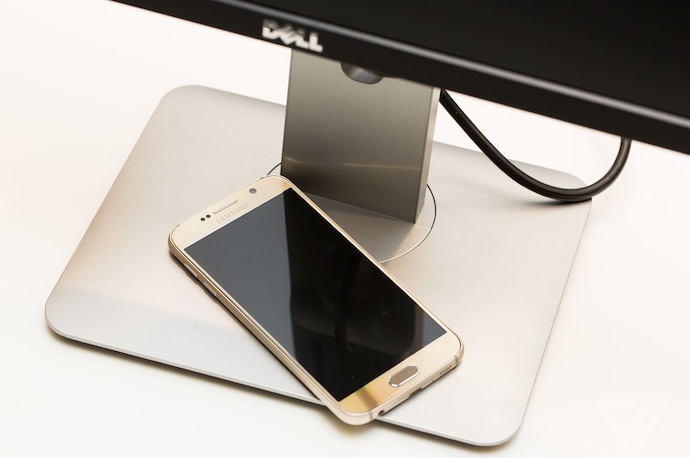
For those who aren’t sure about cutting the cord, Dell provided backups in the form of an HDMI port for video and USB 2.0 for charging.
Lenovo and Others
What about Lenovo? I didn’t forget the world’s largest PC vendor. Lenovo brought so many new devices to showcase at CES 2016—including the world’s thinnest convertible laptop (the Yoga 900S) and projector-packing ideacentre 610S compact desktop PC—that it got its own post.
You can catch up on the entire, extensive Plug-in CES coverage, including daily hands-on reporting from Las Vegas, by visiting the .

